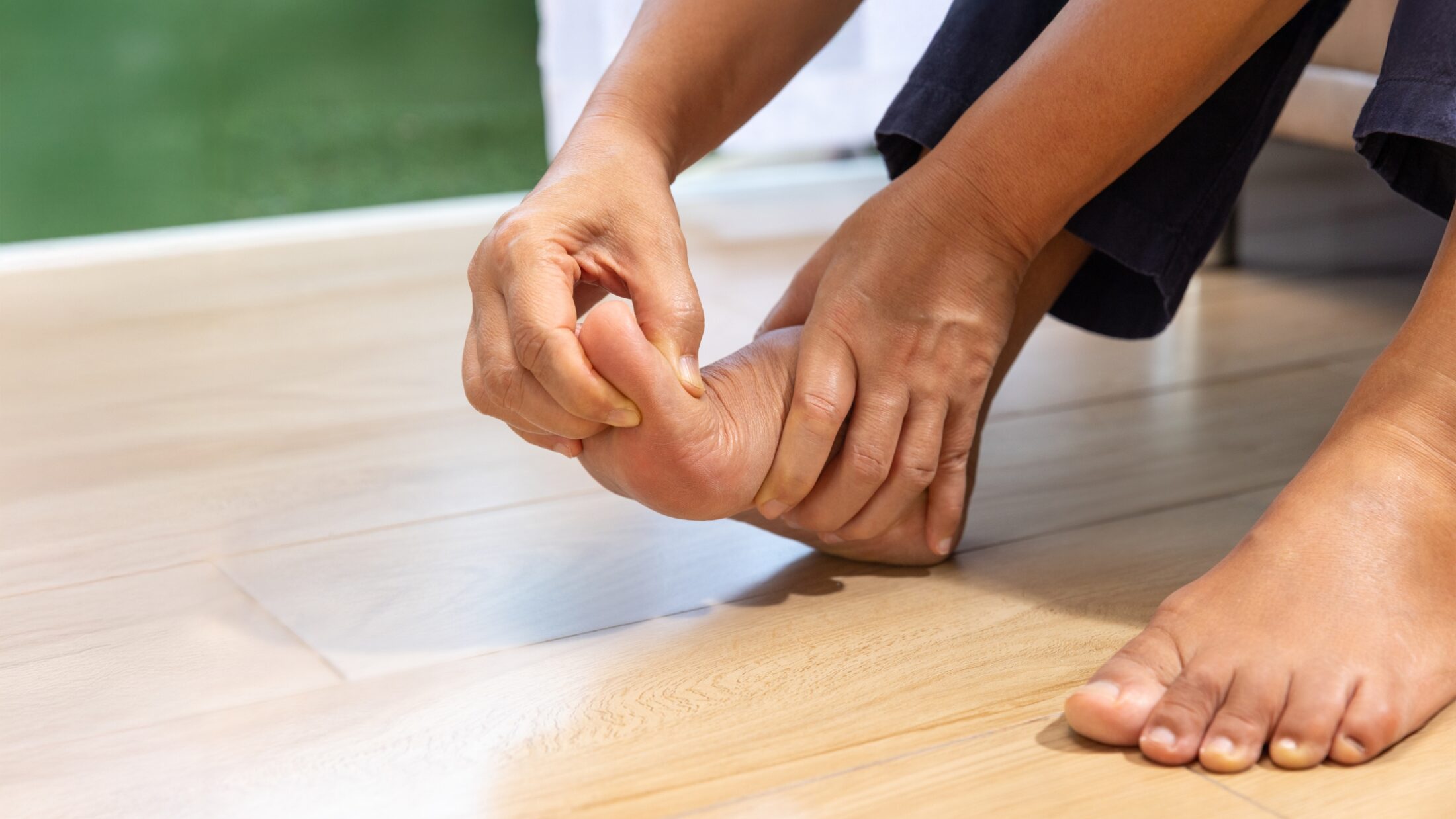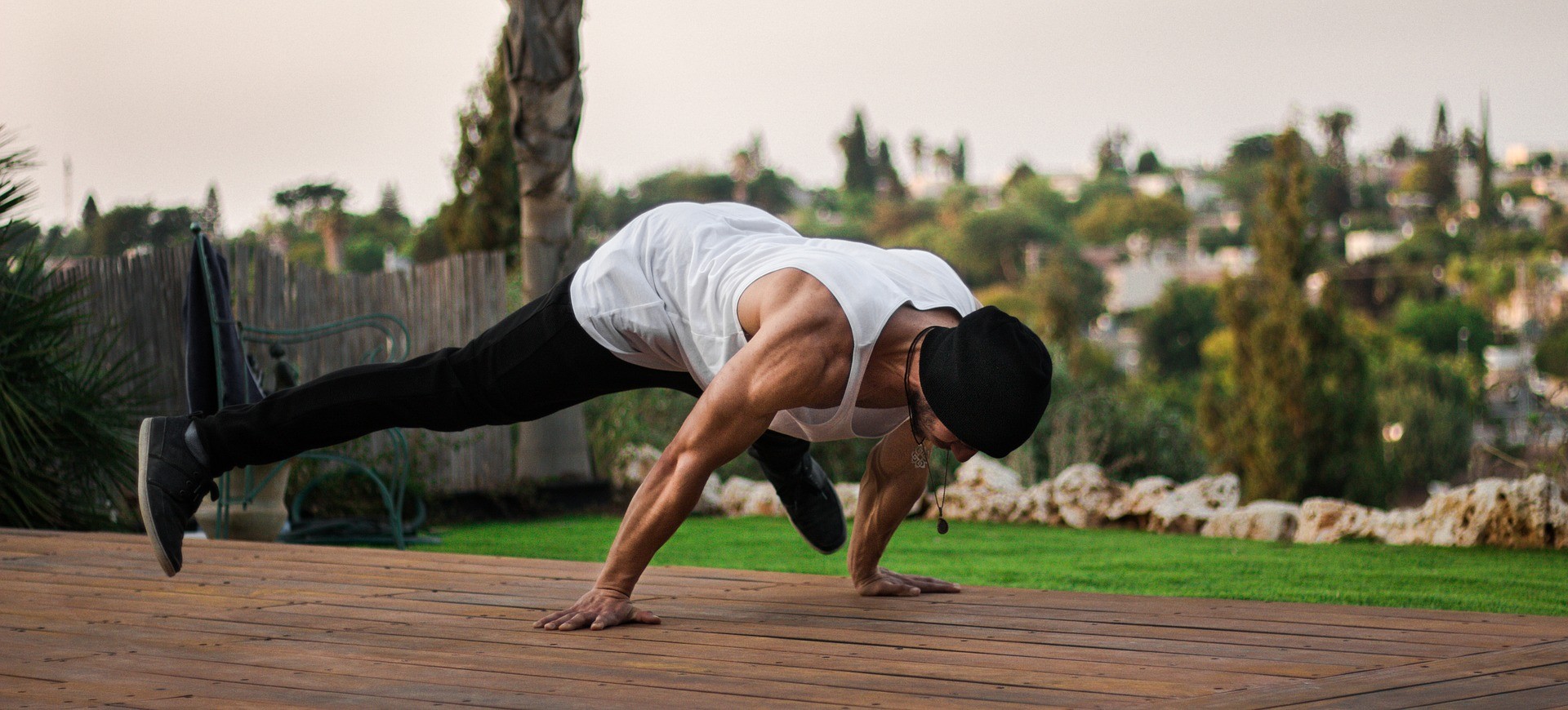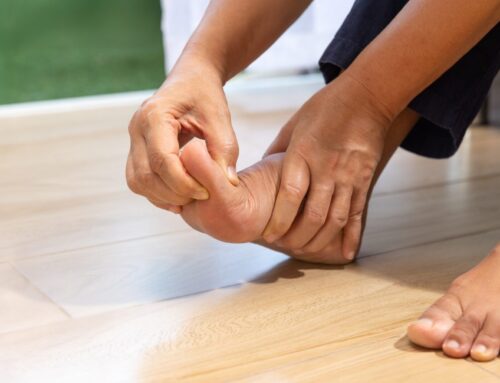Athletes at every level are constantly looking for small, sustainable ways to improve performance and speed up recovery. Training harder isn’t always the answer; sometimes, the real advantage comes from smart tools that support the body during and after activity.
Sport compression socks have quietly become one of those tools. You’ll see them on marathon courses, in hockey dressing rooms, on weightlifting floors, and worn by athletes who simply want their legs to feel stronger and recover faster. They’re not flashy, but they are effective, helping improve circulation, reduce fatigue, and support muscle performance in a way that can be felt almost immediately.
What Makes Sport Compression Socks Effective?
Sport compression socks are specially designed garments that apply gentle, graduated pressure to the lower legs. Unlike regular athletic socks, which focus mainly on comfort or moisture-wicking, compression socks are engineered to support healthy blood flow, stabilize muscles, and reduce the strain your legs experience during intense activity.
The key is graduated compression, a design that applies the strongest pressure at the ankle and gradually decreases as it moves up the leg. This pressure pattern helps the veins push blood back toward the heart more efficiently. When circulation improves, oxygen and nutrients reach your muscles faster, and metabolic waste like lactic acid is cleared away more effectively. The result? Legs that feel lighter, less fatigued, and better equipped for performance.
Compression socks also minimize unnecessary muscle vibration, providing gentle support that can help reduce strain during repetitive or high-impact movements. This is one reason they’ve become popular across so many sports: runners feel less fatigue on long routes, cyclists report reduced swelling, and strength athletes appreciate the added stability during lifts.
Sport compression socks take a simple principle, better circulation, and turn it into a practical tool athletes can use every day.
How Compression Socks Benefit Athletes
Sport compression socks aren’t just a trend, they offer practical, measurable benefits that many athletes feel immediately and appreciate over the long term.
Improved Circulation and Oxygen Delivery
One of the biggest advantages of compression socks is their ability to support healthy blood flow. The graduated pressure encourages blood to move upward toward the heart, reducing pooling in the lower legs. When circulation improves, your muscles receive oxygen and nutrients more efficiently.
This can translate into better endurance, reduced heaviness in the legs, and more consistent performance during long or intense workouts.
Reduced Fatigue and Enhanced Performance
During repetitive movements, running, jumping, cycling, your muscles naturally vibrate. Over time, that vibration contributes to fatigue and micro-damage. Compression socks help stabilize the muscles and limit excessive movement, allowing you to maintain better form and energy output.
Many athletes report feeling less tired at the end of a session and more capable of pushing through tough intervals.
Faster Recovery and Less Muscle Soreness
Post-workout soreness is often caused by inflammation and the buildup of metabolic waste. Compression socks help speed up the body’s natural cleanup process, assisting with the removal of lactic acid and reducing swelling.
Wearing them after a workout can help your legs feel fresher sooner, shortening recovery time and making it easier to stick to your training routine, especially for athletes who train daily.
Injury Prevention and Support
By improving circulation and reducing muscle vibration, athletic compression socks may help lower the risk of strains, shin splints, and overuse injuries. They also offer mild support to the calves and lower legs, which is especially helpful during long-distance events or high-impact training.
For athletes who struggle with chronic calf tightness or lower-leg fatigue, compression can be a subtle but meaningful form of support.
Athletes also wear them during travel or long periods of sitting or standing to prevent swelling and maintain leg comfort. They’re one of the few tools versatile enough to benefit both training and everyday life.
Research Behind Compression Socks
Research shows a growing body of evidence that compression can positively influence both performance and recovery, though results vary depending on the athlete, sport, and how consistently the socks are used. (source)
Improved Circulation
Studies consistently support one key benefit: compression enhances venous return. In simple terms, it helps blood move back toward the heart more efficiently. This leads to better oxygen delivery to working muscles and can delay the onset of fatigue. It’s the most universally accepted advantage and the foundation for why compression gear works.
Recovery Benefits
Research shows that wearing compression socks after exercise can reduce swelling, decrease muscle soreness, and speed up recovery markers. Many athletes notice their legs feel lighter and less stiff when compression is part of their post-training routine. Recovery can vary from person to person, compression is widely considered a safe and effective tool to support the body’s natural healing process.
Performance Gains
Some studies show modest improvements in endurance, running economy, and muscle efficiency, while others show neutral results. What experts agree on is this: compression socks aren’t a magic performance enhancer, but they can help athletes maintain form, reduce muscle vibration, and delay fatigue, especially during long-distance or high-intensity activities. For many athletes, these “small edges” add up, which is why compression is commonly seen on competitive courses and fields.
Injury Prevention
While not a replacement for proper training or conditioning, compression can help reduce stress on the calves and shins. Experts note that by stabilizing muscles and supporting circulation, compression may lower the risk of common overuse injuries like shin splints or calf strains. It’s not a guarantee, but it’s a helpful layer of support for athletes prone to lower-leg discomfort.
When used correctly, compression socks can enhance comfort, support recovery, and provide performance benefits for many athletes. Experts recommend choosing the right compression level, wearing them consistently, and understanding that they’re part of a bigger system of training, nutrition, and rest.
How to Choose the Right Compression Socks
Choosing the right pair can significantly influence how effective they are for your training and recovery. A good fit should feel supportive, not restrictive, and the level of compression should match your needs and activity level. Here’s what to consider before buying.
Compression Level
Compression socks come in different pressure ranges, usually measured in mmHg. For most athletes, a moderate compression level (15–20 mmHg or 20–30 mmHg) works best.
- 15–20 mmHg: Ideal for general training, light recovery, and athletes new to compression.
- 20–30 mmHg: Better for endurance athletes, long sessions, and post-workout recovery.
Higher compression isn’t always better, too much pressure can cause discomfort or restrict movement. Choose what aligns with your sport and your body’s needs.
Fit and Sizing
A well-fitted compression sock should feel snug from ankle to calf, without digging in or causing numbness. Sizing varies by brand, so don’t rely on shoe size alone. Look for socks sized by calf circumference and leg length for an accurate fit.
The right fit ensures consistent pressure distribution and avoids slipping or bunching, which can reduce effectiveness.
Materials Designed for Sport
Athletes should look for socks made from breathable, moisture-wicking fabrics that keep the legs cool and dry during intense activity. High-quality blends often include nylon, elastane, or polyester for durability and stretch.
Good ventilation and quick-dry materials help prevent overheating and maintain comfort during long runs, rides, or gym sessions.
When You Plan to Wear Them
The best pair of compression socks may depend on when you want the benefits:
- During workouts: Look for lighter, breathable options with athletic cushioning.
- Post-workout recovery: Slightly firmer compression may help flush out metabolic waste and reduce soreness.
- Travel or long days on your feet: Comfort-focused socks with consistent compression throughout the day may be more suitable.
Matching the sock to the situation helps you get the most out of the technology.
Durability and Construction
Good compression socks should maintain their elasticity after multiple wears and washes. Reinforced heels and toes, high-stretch fibers, and colorfast materials help ensure they last, especially if you train often.
Why Compression Socks Are Worth Considering
Sport compression socks have become an indispensable part of many athletes’ gear, and for good reason. They enhance circulation, reduce fatigue, and aid recovery, making them a simple yet effective tool for athletes at all levels. Runners, cyclists, weightlifters, and anyone who stays active can benefit from compression socks as they provide support during and after intense physical activity.
Compression socks won’t replace proper training or nutrition, but they’re a valuable addition to an athlete’s recovery toolkit. Using them during training, after a race, or as a recovery aid after long days on your feet can boost energy, improve performance, and speed up recovery.
For those new to compression socks, choosing a pair that matches your activity level and needs is important. Experiment with wearing them during and after exercise to see how they influence your performance and recovery. With a variety of options available, finding the right fit for your body and sport is easier than ever.
Share This Story, Choose Your Platform!
We specialize in orthotics, body braces, and compression wear tailored to your unique needs in Toronto. Reach out to us at info@caremed.care or call 416-782-5353 to book your fitting and consultation.
Experience the difference of customized solutions designed just for you.











